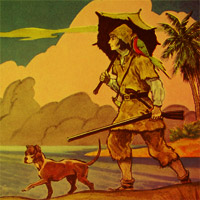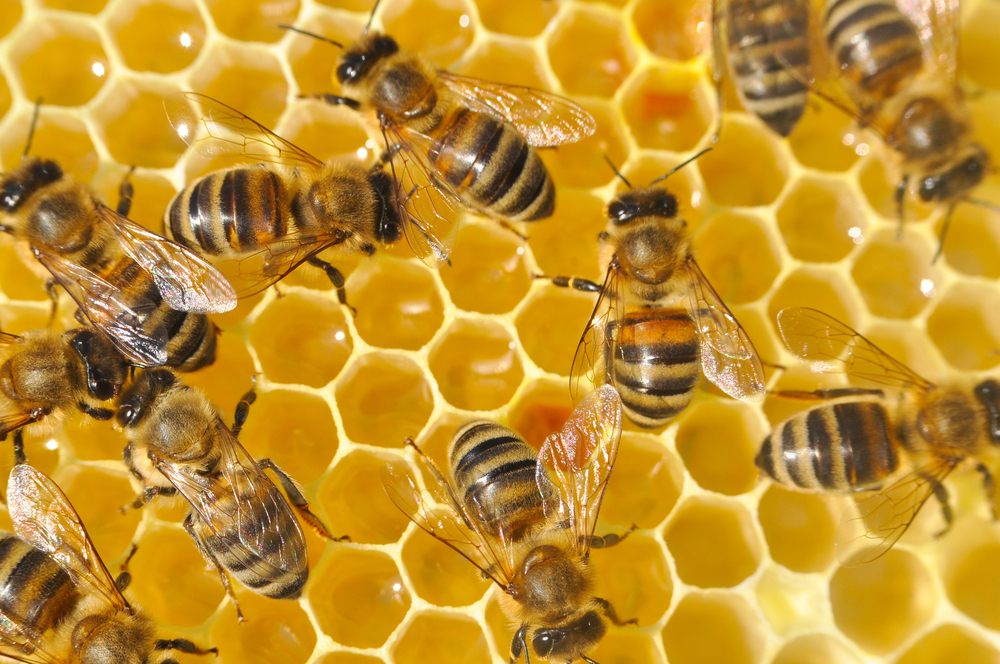


Մխիթար Սեբաստացի կրթահամալիր, Միջին դպրոց, 7-1 դասարան



Այսօր մենք գնացել էինք 3-2դասարան,և նրանց ցույց էինք տալիս ինչպես օգտվել LearningApps.org ծրագրից։

Robinson Crusoe as a young man loved to sail to distant lands. His father did not approve of Robinson as a sailor but let Robinson make his own decisions.
Robinson Crusoe wanted to become a sailor. He went on his first voyage at the age of nineteen. It was a disastrous journey; there was a heavy storm and the ship was wrecked. Robinson survived but did not go home. He went to Brazil. There he became a farmer.
In time, Robinson Crusoe made a lot of money in Brazil. This he re-invested in other businesses.
One day Robinson Crusoe had to go to Africa on business. On the way, there was another storm like the one on his first journey. This time the storm was more fierce; his ship was wrecked and Robinson Crusoe was washed to a lonely, uninhabited island.
Robinson Crusoe explored the island for any sign of human life; there was none. With great difficulty, Robinson built a home. His expertise in farming helped; he started growing rice and barley. For meat, he hunted the wild goats. Robinson Crusoe tamed a few of these goats for milk, from which he learnt to make butter and cheese.

Twenty six years passed in this lonely way for Robinson Crusoe. He craved for company. One day, he saw footprints on the beach; instead of being happy, Robinson was scared having been alone all these years. Robinson had made sharp weapons, which he now carried around for self defence. He also had a gun which he had preserved and kept since the time he was footprints.
For many days Robinson Crusoe saw nobody, but one evening he saw about a dozen men. They were eating other humans. They were cannibals from a nearby island. The cannibals left the island after a few days.
Robinson Crusoe felt safe but he knew the cannibals would come back. One morning Robinson saw the wreck of a ship. He ran to it and saw that it was a Spanish ship and in it was a survivor — a middle aged man.
Robinson Crusoe took the man to his hut, gave him some food and water. Once the man recovered his health, he helped Robinson Crusoe with his work Robinson called the man Friday as he had been rescued on a Friday.
Friday did not know English but as time went by he learnt a few words, enough for basic communication. One morning, Robinson Crusoe found friday missing; he suspected that the cannibals were back and had captured him.
He went in search of Friday and found him just before the cannibals were about to kill him. He rushed into their midst firing at all the cannibals and killing them. Friday was safe.
Robinson Crusoe and Friday found the boat of the cannibals. They decided to sail back to Brazil, where Robinson had left his business. They carried enough food and water and set sail to Brazil. Robinson Crusoe had spent thirty five years in the island.
Robinson and Friday reached Brazil. Robinson Crusoe got several thousand pounds from the trustees of his estate. Friday remained with Robinson Crusoe helping him in his estate.
Անծանոթ բառեր
footprints
footprints
Այսօր մենք օրը սկսեցինք առավոտյան պարապունքով։ Հետո մենք գնացինք սովորող սովորեցնող նախագծով 2-2 դասարանում։ Իսկ հետո մեզ հյուր եկան աղջիկները և սովորեցրեցին աշխատել word on-line ծրագրով։ Իսկ վերջում Ռոդարի-Թումանյանական խառնաշփոթ կարդացինք և որոշեցինք կազմակերպել բեմադրություն։ Այսպես վերջացավ խաղը։

Այսօր առավոտ մեն գնացինք եկեղեցի, հետո երբ եկանք դպրոց, եկավ ընկեր Մարինեն և մենք գնացինք Արևմտյան դպրոց և խաղացինք ազգակրական խաղեր։ Երբ եկանք դպրոց իմացանք ռուսերեն անցյալ ներկա և ապառնի ինչպես ավելի հեշտ հասկանալ։ Հետո մեն մտածում էինք մյուս ճամփորդության մասին։ Իսկ վերջում ընկեր Տաթև առաջարկեց խաղալ փչացած հեռախոս, և այսպես անցավ մեր օրը։Այս օրվա համար շնորհակալ եմ ընկեր Անին, Գայանե Գամլետվնաին, Ընկեր Մարինեին, և ընկեր Տաթևին։
Այսօր մենք երբ եկանք դպրոց առաջինը արեցինք առավոտյան պարապունք։ Իսկ հետո եկավ ընկեր Մարինեն և մենք կատարեցինք մայրենիի ֆլեշմոբը մեզ օգնում էին ֆլեշմոբը կատարել Քոլեջի ուսանողները ։ Հետո մեզ եկավ Արմինե Գոգինյանը և պատմեց մեղուների մասին։ Վերջում մեզ հյուր եկան Միջին դպրոցի աղջիկները և The gifted tree կարդացին անգլերեն, թարգմանեցին, և քննարկեցինք։ Այս օրվա համար շնորհակալ եմ ընկեր Անին, Գայանե Գամլետվնաին, Ընկեր Մարինեին, Քոլեջի ուսանողներին, Արմինե Գոգինյանին, և Միջին դպրոցի աղջիկներին։

В мире существует около 21 тысяч видов пчёл. Пчёлы одного улья за год заготавливают около 150 кг мёда. В течение всей жизни одна пчела производит около одной двенадцатой чайной ложки мёда. Пчёлы распространены на всех материках, кроме Антарктиды.
Ежедневно пчёлы всего мира опыляют более триллиона цветков.
Для того, чтобы изготовить 1 кг мёда, пчелам необходимо посетить около восьми миллионов цветков. Пчёлы с лёгкостью находят дорогу домой, даже если в поисках пыльцы и нектара залетают очень далеко от родного улья.
Среднестатистический пчелиный рой весит 6-8 килограммов. В одной соте находится в среднем около ста тысяч частичек пыльцы. За зиму пчелиная семья поедает в среднем около 30-35 кг мёда. Пчела способна распознать запах цветка с нектаром на расстоянии более километра. Пчела может поднять вес, превышающий её собственный в тридцать-сорок раз, примерно как муравей За день пчела может посетить пять-семь тысяч цветков. Пчёлы общаются между собой с помощью движений тела и определённых феромонов. Как показали находки археологов, древним египтянам пчеловодство было известно ещё около семи тысяч лет назад. Пчёлы из одного улья не могут залететь в другой, иначе они немедленно будут атакованы его защитниками — другими пчёлами. У пчёл по пять глаз. На зиму пчёлы впадают в спячку. Пчёлы большинства видов, в отличие от ос, умирают сразу после того, как выпустят жало. Пчелиная матка при благоприятных условиях может откладывать до тысячи яиц ежедневно.
Խաղը ստեղծել են- Մարիա Վաթյանը, Մերի Գրիգորյանը, և Մարիաննա Խաչատրյանը, իսկ երկրորդ տեսանյութը պատրաստել է-Ընկեր Անին, (Annie Mrteyan)